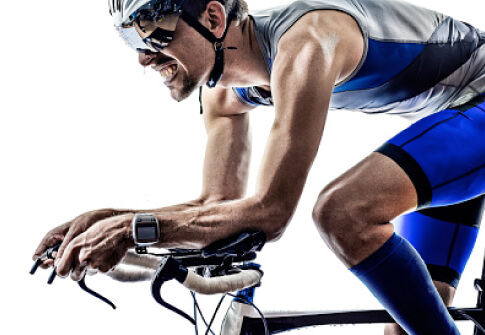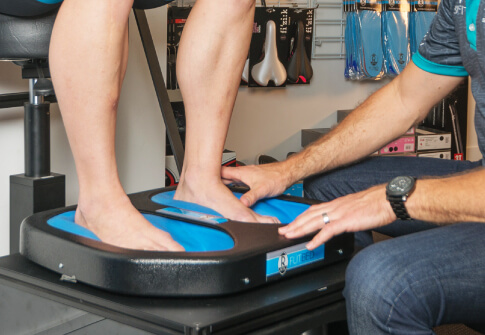AERO testing

“Aligning the foot and making it a stable structure on the
pedal is a very important first step towards achieving a durable,efficient and
powerful cycling position”– Nick Formosa
Foot Mould
Custom Insoles (Fütbed Moulding) only – $199.00
Too often cyclists forget about their feet and it’s not until they are in pain that they give them any attention. By then it’s too late. The most common type of foot pain generally falls into two categories: hot spot/friction injuries and compressive injuries.
What causes foot pain in cyclists?
- Ill-fitting footwear or inappropriate cycling shoes – everyone is different when it comes to their feet and shoes. There are some shoes that suit people better than others.
- Incorrect cleat positioning.
- Podiatry issues with your feet.
- A bad or out-of-date bike set-up.
How the footbed fits in the overall bike-fitting process
Cyclists of any kind should pay attention to footbeds and insoles just as much as anything else to do with the set-up process. Why? Read on…
- A quality footbed gives you a solid foundation when you ride.
- Helps you to ride more efficiently.
- The whole bike-fit process starts with your feet.
- Fütbed creation can be completed in conjunction with a bike fit.
- During a bike-fit consultation the fitter will evaluate the data captured by our 3-D system.
- We can mould your Fütbeds onsite during your bike fit.
- We use the latest tools and technology.
- We will make sure the foot-shoe-pedal interface is as comfortable as possible.

How to stop or prevent foot injuries:
